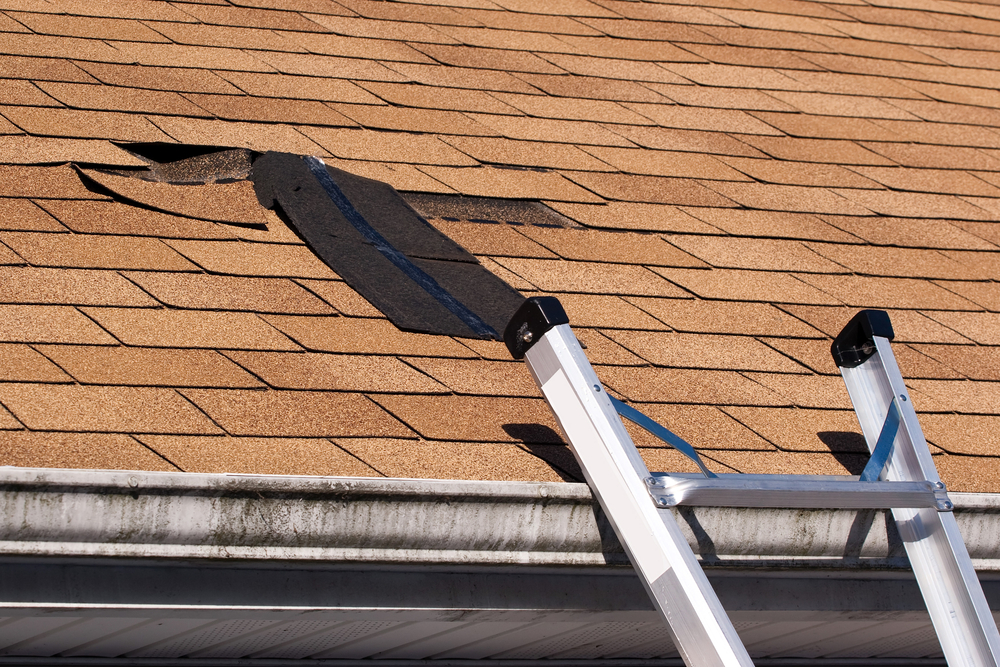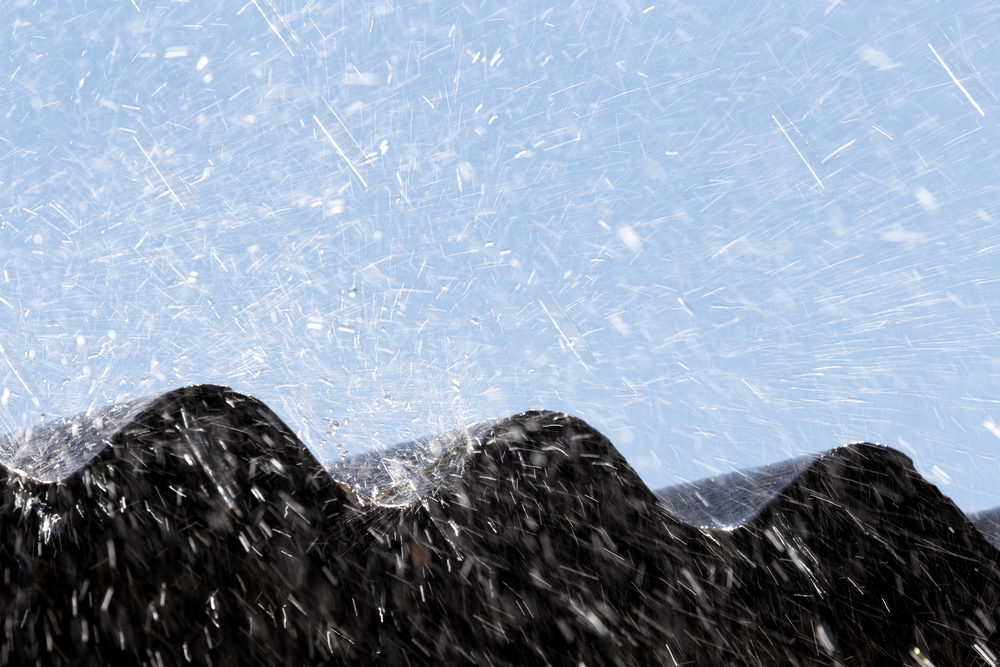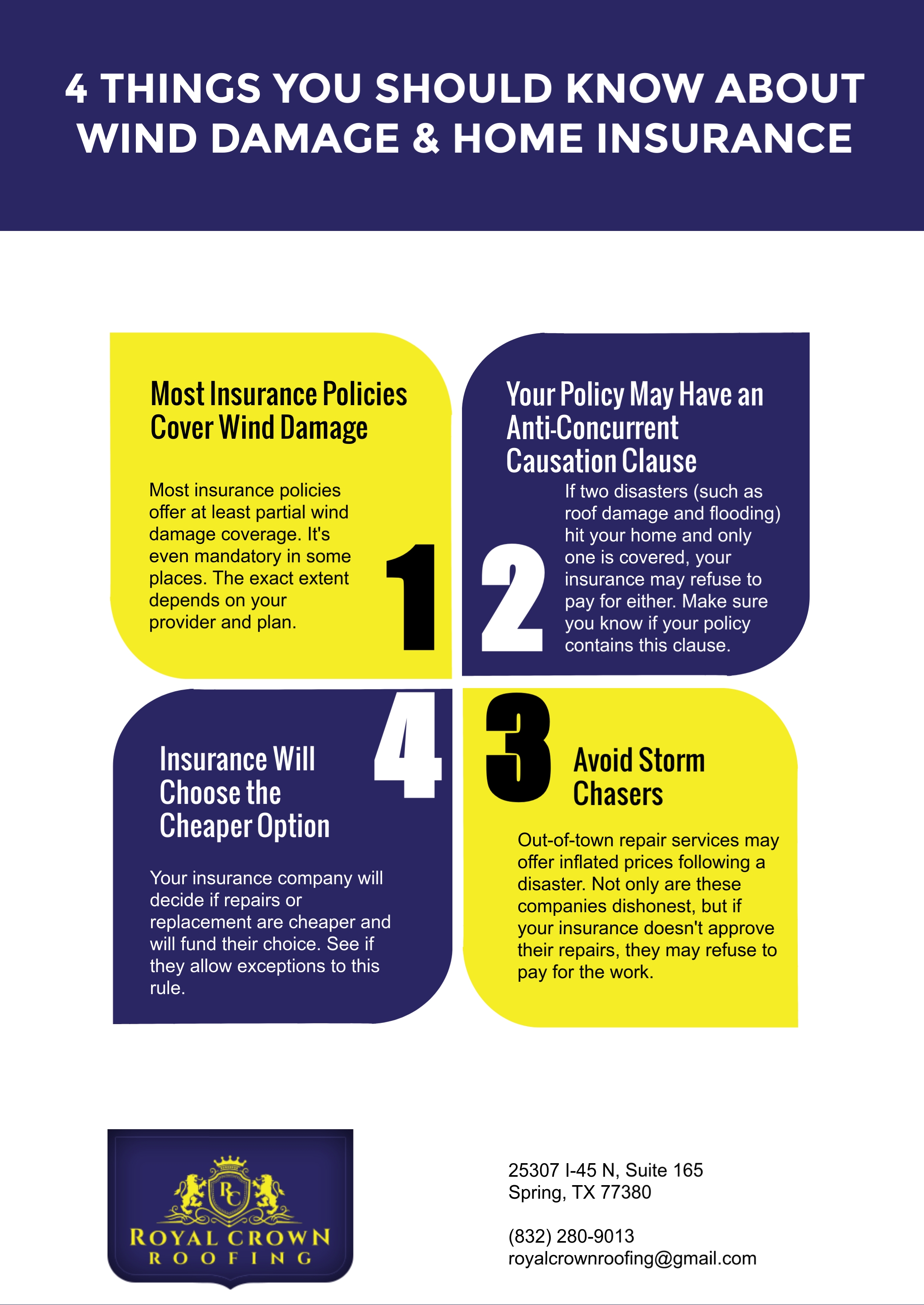
by siteadmin | Jul 26, 2019 | Roof Damage, Roof Leaks, Temporary Roof Repair
From time to time, you’ll find yourself dealing with a leaky roof and no easy solution. Maybe it’s a holiday weekend and your roof repair service can’t come for a few days, or maybe they’re waiting on supplies themselves. Whatever the cause, the situation likely calls for a temporary roof repair while you wait for a permanent solution.
Don’t let potential water damage to your home get any worse while you wait on permanent roof repairs. With careful efforts, you can make a temporary roof patch to prevent further problems. There are 3 primary methods of roof patching that you’ll likely have to do.
Waterproof Tarp
This is the simplest, cheapest, and most common solution–simply cover the affected area with a waterproof tarp. Cover the entire damaged area on your roof, smooth the tarp out, nail it in place, and cover the heads of the nails with a little roofing cement to seal any more tiny holes. Though this will keep the rain out in the meantime, a tarp is obviously not a permanent solution to the ultimate problem. Don’t delay the roof repair any longer than you can get away with.
Pro Tip: NEVER walk on your roof while it’s raining outside–the fall risk is simply too high. If you don’t get a chance to apply the tarp during a break in the rain, see if you can mount the tarp from inside.
Reattach Loose Shingles
If the leak is caused only by a few shingles beginning to come loose, the temporary fix is very simple. Smooth the shingles back down or shift them back into place, then nail or staple them to cover the exposed area again. Once again, this is not a permanent solution, but it offers slightly more leak protection than a tarp.
Substitute Shingles
If the shingles have gone missing entirely or broken and you don’t have extras, you may have to jury-rig a temporary set of shingles in the meantime. Carefully cut out sheet metal in the shape of a shingle and attach it to the roof just as you would a typical shingle. Cover the nails with roofing cement to prevent the leak from coming back. Finally, keep a careful eye on your handiwork to make sure the leak doesn’t spread while you wait for a professional.
Protect the Rest of Your House
Your roof is your home’s first line of defense against the rain. Since a leak compromises this protection, it’s important to stop leaks as soon as possible. Though emergency work is a much better option, a temporary roof repair will do in the short term to save you thousands of dollars in further water damage to the rest of your house.
Connect with us for more information on storm repairs and dealing with a leaking roof.

by siteadmin | Jul 19, 2019 | Roofing Materials, Severe Weather
Hurricane season lasts until Saturday, November 30. During this time of year, the chances of a hurricane or tropical storm increase substantially, making storm preparations a necessity. If you’re looking to replace or renovate your roof before severe weather hits, consider upgrading to a more durable roofing material more likely to survive any upcoming storms.
Most roofing materials can survive severe weather if properly installed. However, some are more durable than others, particularly if the storm has especially high winds. Before you choose a permanent roofing option, consult with a professional roofing company to see which choice can best withstand the storms you’re likely to face.
Metal
As one of the most durable roofing materials on the market, metal rooftops can withstand winds over 100 miles per hour. It’s also hard for ice to form on a metal roof, preventing severe damage from a cold snap. However, remember that metal expands and contracts with dramatic changes in temperature. This does make a metal roof slightly more vulnerable to leaks than other materials.
Shingles
The majority of homeowners choose conventional shingles as a roofing material because of their cost-effectiveness, high quality, and variety of styles. Well-made asphalt shingles can easily withstand severe weather and high winds, as well as repelling rain off your roof. The biggest vulnerability of a shingle roof comes if the shingles aren’t properly nailed down and blow off the roof, letting rainwater into your house. Fortunately, making sure your shingles get plenty of nails and regular maintenance should prevent this from happening.
Pro Tip: Schedule a free roof inspection and let an expert determine if your shingles need reinforcements to protect you from severe weather.
Tiles
Made of concrete, slate, or clay, roof tiles provide an elegant look to your home. These tiles are also very hard and can easily last for decades once installed. Their weight makes it nearly impossible for winds below 120 miles per hour to knock them loose. However, homeowners should be aware that roofing tiles cost more than shingles or metal, and tend to be brittle if handled improperly. The materials must be transported and installed with expert precision.
A Wind-Resistant Houston Roof
At the end of the day, remember that while some choices may be more durable than others, a particularly severe hurricane can damage your roof and make emergency repairs a necessity. Your best bet is to meet with your roofing contractor beforehand and discuss your options for a new roof. If they can suggest the best roofing material for high winds for your roof, take their advice and save yourself some trouble later on.
Connect with us to learn more about preparing your home for severe weather this hurricane season.

by siteadmin | Jul 12, 2019 | Roof Damage, Roof Repair, Severe Weather
A well-structured roof can last for years and take plenty of abuse from the weather. However, part of maintaining your roof’s lifespan is handling small incidents as they happen. If you’re beginning to notice that your roof leaks in heavy rain or even in a drizzle, it’s time for repairs.
A leaky roof is more than an inconvenience. The potential for severe water damage to the rest of your roof and to the house itself is too great to put off repairs too long. In the meantime, however, there are a few things you can do to keep the water from causing too many problems while you wait for emergency roof repairs.
Contain and Drain the Leak
If you can see a dripping spot on your ceiling, place a bucket underneath to catch the water. Once the initial dripping is contained, see if there’s a dark spot or bulge where the water is dripping from. More than likely, rainwater is pooling back there and will eventually burst out. With a little care, you can prevent this from happening. Stand on a ladder as close to the leak as you can and gently insert a screwdriver into the bulge or dark spot to drain the excess water. While you may see increased water flowing into the bucket briefly, this will prevent too much water from accumulating and causing further damage.
Temporarily Cover the Leak
Do this ONLY if you are confident you know where the leak is on your roof and if it is safe to climb on your roof. Locate the source of the leak and cover it as best you can with a waterproof tarp. If you can find the same leak inside your house, cover the interior with a tarp as well. While this is just a temporary fix, it will prevent the damage from worsening in the meantime. Even professional roofing companies can’t repair your roof in bad weather.
Pro Tip: NEVER climb on your roof during a rainstorm. Roofing material becomes slick when wet and you can easily fall.
Watch for Other Damage
Ignoring a roof leak will not make it better. Monitor your roof and the surrounding areas for any additional signs of damage. It’s probably time for a more intensive roof repair if you notice any of these warning signs:
- Dark spots or sagging on the inside ceiling
- Missing, broken, or warped shingles
- Clogged roof gutters or drains
- Missing roofing material around vents, chimneys, etc.
Emergency Houston Roof Leak Repair
Once the leak is contained temporarily, call your local roofing contractor and schedule an emergency repair as soon as you can. Once the weather is clear enough for them to work, you should get the hole patched immediately. Don’t let your roof continue leaking and letting rainwater into your house.
Connect with us to learn more about temporarily containing leaks and inspecting your roof for damages.

by siteadmin | Jul 5, 2019 | Roof Damage, Roof Insurance, Severe Weather
Anyone familiar with severe Houston weather knows it’s very possible to take a lot of wind damage very quickly in a storm. At best, you might lose shingles and get a few leaks. At worst, half your roof could get blown off. The potential effects are simply unpredictable. And, unfortunately, wind damage roof insurance claims are not often addressed in insurance discussions.

Are You Covered?
Before any severe weather arrives, make sure you know the details of these 4 critical points about your roof insurance. Knowing the full extent of your insurance coverage and preparing for the worst could save you an immense amount of money and frustration later on.
- Most insurance policies cover wind damage
- What is an anti-concurrent causation clause?
- Insurance will choose the cheaper option
- Avoid storm chasers
1) Most Insurance Policies Cover Wind Damage
Even if there are only a few sentences about wind damage in the fine print of your insurance information, you’re almost guaranteed at least partial coverage. The real question is how much cover do you have in practice, and when will the insurance company pay? Start by reading all the fine print in your policy and discuss this question directly with an agent when you can.
Pro Tip: In some areas, wind damage insurance coverage is mandatory. In other areas, this coverage is optional and may not be provided by major insurance companies. Make sure you know what’s in your policy.
2) What is an Anti-Concurrent Causation Clause?
Simply defined, an anti-concurrent causation restriction states that if your home is affected by two disasters (such as roof damage and flooding) and only one disaster is covered, the insurance company may refuse to cover either expense. Obviously, this could be a nasty surprise to anyone already dealing with a devastated house. Don’t wait until the last minute to find out if your policy has this! If you aren’t sure, contact your insurance agent and ask them to clarify any language that seems confusing.
3) Insurance Will Choose the Cheaper Option
This will come as no surprise to anyone who has ever filed an insurance claim before. If your roof is badly damaged by wind, the insurance company will decide if repairing or replacing is the cheaper option, and will finance their choice. This policy usually makes sense. However, if the insurance company opts to repair an older roof with brand-new parts, the additions may not be compatible in terms of cosmetics or practicality. Talk with your insurance provider about potential compromises to this policy.
4) Avoid Storm Chasers
After a hurricane or severe weather event, plenty of out-of-town repair services see their chance to make quick money and swoop in on the desperate homeowners, offering “discounted” services. If a roofing company suddenly shows up and offers you repairs, don’t fall for their dishonest pitches. Stick with a local, reliable roofing company with a proven track record in your area. Not only will the final product be better in quality, but you’ll also avoid the scammy tactics of storm chaser companies.
Wind Damage and Roof Insurance Claims in Houston
The first step to restoring a wind-damaged home is fixing the roof. After all, an unprotected roof will continue to allow rain and wind inside the house, making damages worse. Make sure your insurance will help you get your roof back in shape so you can focus on more severe repairs.
Join the conversation to learn more about roof insurance claims and handling wind damage.








